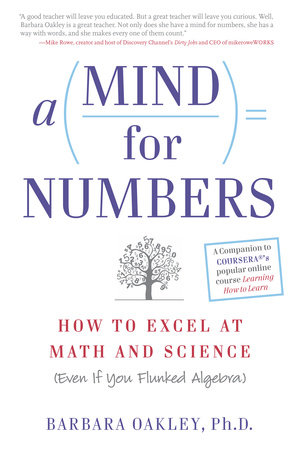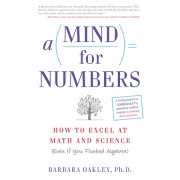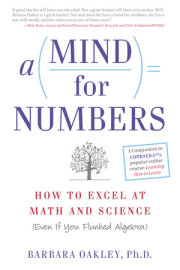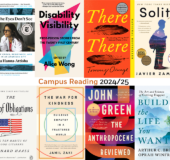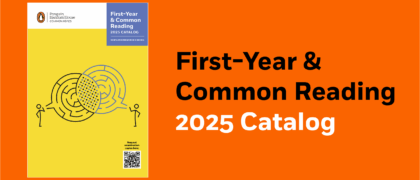“If you struggled through math and slept through science, there’s hope. In A Mind for Numbers, polymath Barbara Oakley reveals how to unlock the analytic powers of our brains so we can learn how to learn. This book should be required reading for students—and for my mother.”
—Adam Grant, New York Times-bestselling author of The Originals
“A good teacher will leave you educated. But a great teacher will leave you curious. Well, Barbara Oakley is a great teacher. Not only does she have a mind for numbers, she has a way with words, and she makes every one of them count.”
—Mike Rowe, creator and host of Discovery Channel’s "Dirty Jobs" and CEO of mikeroweWORKS
"Superb not only for those who are struggling or who are expert at math, but for readers who wish to think and comprehend more efficiently."
—Library Journal
“An ingeniously accessible introduction to the science of human cognition—along with practical advice on how to think better.”
—James Taranto, The Wall Street Journal
“In my book The Math Instinct, I described how we have known since the early 1990s that all ordinary people can do mathematics, and in The Math Gene, I explained why the capacity for mathematical thinking is both a natural consequence of evolution and yet requires effort to unleash it. What I did not do is show how to tap in to that innate ability. Professor Oakley does just that.”
—Keith Devlin, NPR Weekend Edition’s “Math Guy”
“A wonderful book! How do you come to love math and science, and how do you come to learn math and science? Read A Mind for Numbers. Barbara Oakley is the magician who will help you do both.”
—Francisco J. Ayala, University Professor and Donald Bren Professor of Biological Sciences, University of California, Irvine, and former President and Chairman of the Board, American Association for the Advancement of Science
“Being good at science and mathematics isn’t just something you are; it’s something you become. This users’ guide to the brain unmasks the mystery around achieving success in mathematics and science. I have seen far too many students opt out when they hit a rough patch. But now that learners have a handy guide for ‘knowing better’ they will also be able to ‘do better.’”
—Shirley Malcom, Head of Education and Human Resources Programs, American Association for the Advancement of Science
“A Mind for Numbers is an excellent book about how to approach mathematics, science, or any realm where problem solving plays a prominent role.”
—J. Michael Shaughnessy, Past President of the National Council of Teachers of Mathematics
“I have not been this excited about a book in a long time. Giving students deep knowledge on how to learn will lead to higher retention and student success in every field. It is a gift that will last them a lifetime.”
—Robert R Gamache, Ph.D., Associate Vice President, Academic Affairs, Student Affairs, and International Relations, University of Massachusetts, Lowell
”A Mind for Numbers helps put students in the driver’s seat—empowering them to learn more deeply and easily. This outstanding book is also a useful resource for instructional leaders. Given the urgent need for America to improve its science and math education so it can stay competitive, A Mind for Numbers is a welcome find.”
—Geoffrey Canada, President, Harlem Children's Zone
"It's easy to say 'work smarter, not harder,' but Barbara Oakley actually shows you how to do just that, in a fast-paced and accessible book that collects tips based on experience and sound science. In fact, I'm going to incorporate some of these tips into my own teaching."
—Glenn Harlan Reynolds, Beauchamp Brogan Distinguished Professor of Law, The University of Tennessee
“A Mind for Numbers is a splendid resource for how to approach mathematics learning and in fact learning in any area. Barbara Oakley’s authoritative guide is based on the latest research in the cognitive sciences, and provides a clear, concise, and entertaining roadmap for how to get the most out of learning. This is a must-read for anyone who has struggled with mathematics and anyone interested in enhancing their learning experience.”
—David C. Geary, Curators’ Professor of Psychological Sciences and Interdisciplinary Neuroscience, University of Missouri
“For students afraid of math and science and for those who love the subjects, this engaging book provides guidance in establishing study habits that take advantage of how the brain works.”
—Deborah Schifter, Principal Research Scientist, Science and Mathematics Programs, Education Development Center, Inc.
“A Mind for Numbers explains the process of learning in a fascinating and utterly memorable way. This book is a classic, not only for learners of all ages, but for teachers of all kinds.”
—Frances R. Spielhagen, Ph.D., Director, Center for Adolescent Research and Development, Mount Saint Mary College

